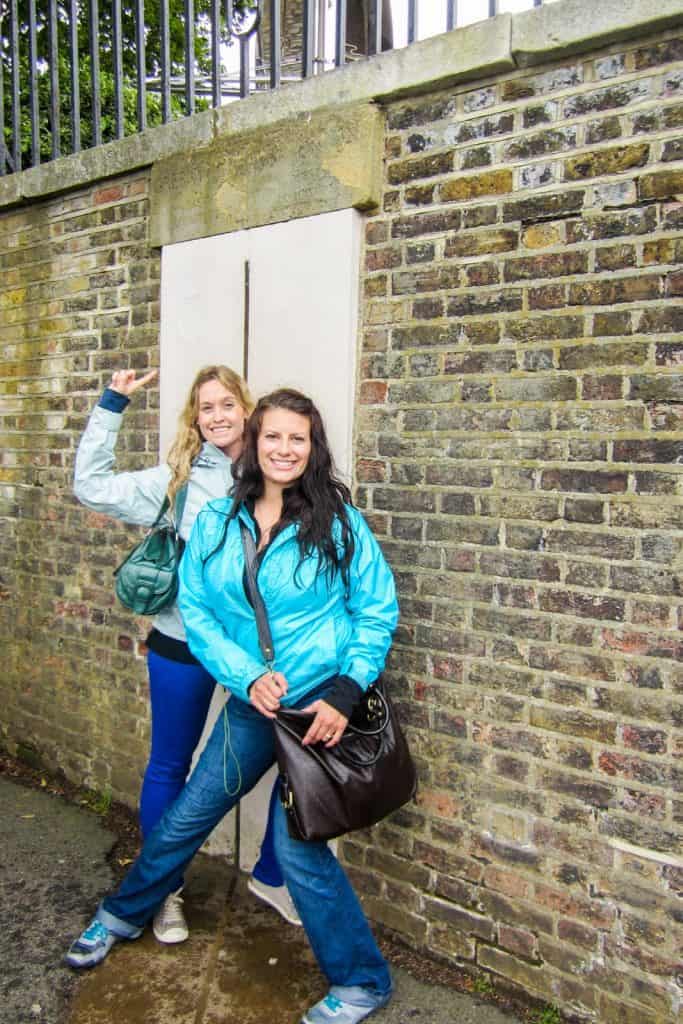
The landing mats measure not less than 6m x 4m and are covered by a spike proof protective mat. The runway and take‑off areas are usually covered with the same surface as the track. If it is necessary to remove the kerb temporarily in order to be able to use the oval track as a runway, care must be taken to ensure that the heights of the surfaces of the oval track and the segment are the same along the track border. The semicircular runway, with a radius of at least 20m, will permit approaches from every direction. For major championships, the high jump facility must be large enough so that two high jumps can be conducted simultaneously. By temporarily removing sections of the kerb, it is possible to use the oval track as part of the runway. The high jump facility includes a semicircular runway, a take‑off area, two uprights with cross bar and a landing area. For other competitions, this distance is appropriate for the level of competition. For international competition, it is recommended that the take‑off board is not less than 13m for men and 11m for women from the nearer end of the landing area. With the exception of the placement of the take‑off board, the same facilities are used for triple jump as for long jump. The top edge of the border of the landing area, generally also dictates the level of the sand, which must be level with the take‑off board. The landing area has a water permeable substructure or a suitable drainage system (draining well or canal connection) and filled with sand to a depth of not less than 0.30m at the edges and slightly deeper at the centre. The landing area has a border not less than 0.05m wide and 0.30m high, rounded off towards the inside (eg wooden plank or concrete border with soft covering) and level with the ground. If two landing areas are situated parallel side by side or staggered, the distance between them is at least 0.30m. The landing area is placed so that the middle of the runway coincides with the middle of the landing area. Generally, a landing area 8m long placed 2m from the take‑off line is recommended.

The landing area is 7‑9m long depending on the distance between its nearest end and the take‑off line. This makes it possible to combine the long and triple jump with two or three take‑off boards (which can be used on both sides) on a triple jump runway. If it has a track surface on its reverse side, it can be turned over and used as part of the runway. During sport free periods, the take‑off board can be removed. In the case of a runway with a permanent surface, this requires a built‑in installation tray made of corrosion protected metal in which the take‑off board is correctly positioned. The surface of the take‑off board must be flush with the surface of the runway. The take‑off board is a white rectangle and measures 1.22m ± 0.01m long and 0.20m ± 0.002m wide and not more than 0.10m deep. The runway is usually covered with the same surface as the track. It is marked by white lines 0.05m wide or broken lines 0.05m wide, 0.10m long and 0.50m apart. The runway is 40m minimum long, 1.22m ± 0.01m wide and is measured from the beginning of the runway to the take‑off line.

This allows competition in either direction by two groups of athletes simultaneously. Usually, it is placed outside the track along one of the straights with two adjacent runways with a landing area at each end. The long jump facility includes a runway, a take‑off board and a landing area.


 0 kommentar(er)
0 kommentar(er)
